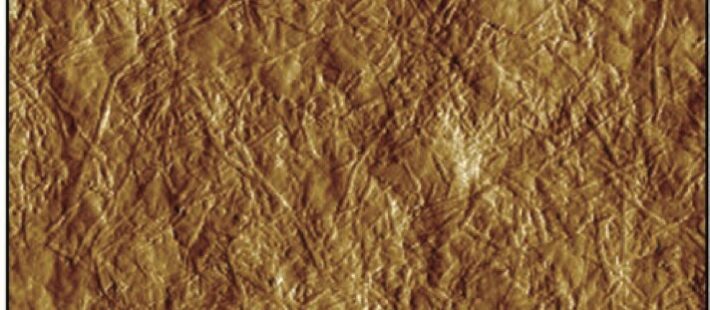Wood fibres have been used by researchers in Sweden to create a new class of stronger and lower-cost electrodes for even lighter and long-lasting flexible electronics and wearables.
A team from KTH Royal Institute of Technology reported that it created the new composite material by combining wood cellulose nano fibrils (CNF) – or extremely small filaments known as nanorods – with MXene, a two-dimensional nanoscale conductive material. The wood fibrils provide mechanical strength otherwise lacking in MXenes, and they allow the electrodes to become flexible.
“Our results will eventually help with realizing the development of flexible multifunctional energy storage devices, that is, supercapacitors and batteries, at a lower cost and with higher device-base performance,” said Max Hamedi, a researcher in wood cellulose at KTH who in recent years also developed a soft battery made of aerogel foam from wood pulp.
According to Mr. Hamedi, the electrodes can be used in any energy storage device, but the most valuable application would be in flexible batteries and supercapacitors for wearable sensor devices. The research was reported recently in the journal, Advanced Materials.
“The electrode will provide both the strength and capacitive charge storage properties, which will enable them to last much longer in electrochemical devices,” Hamedi said. “We hope these properties will help to make sustainable multifunctional batteries and supercapacitors.”
The composite strength of the material is a result of a blend of geometry and chemistry. The cellulose nano fibrils bind to the MXene flakes, but they also interlock in the MXenes in their own random networks. “If we for example have the wrong geometrical match between the size of the flakes and the length of the CNF rods, then flakes would not be locked into the random network and we would have a much weaker composite.”
Source: Phys.org
Photo on the top: Close-up view of wood and MXene composite, with 40 percent wood cellulose nano fibrils (CNF). Credit: KTH The Royal Institute of Technology











